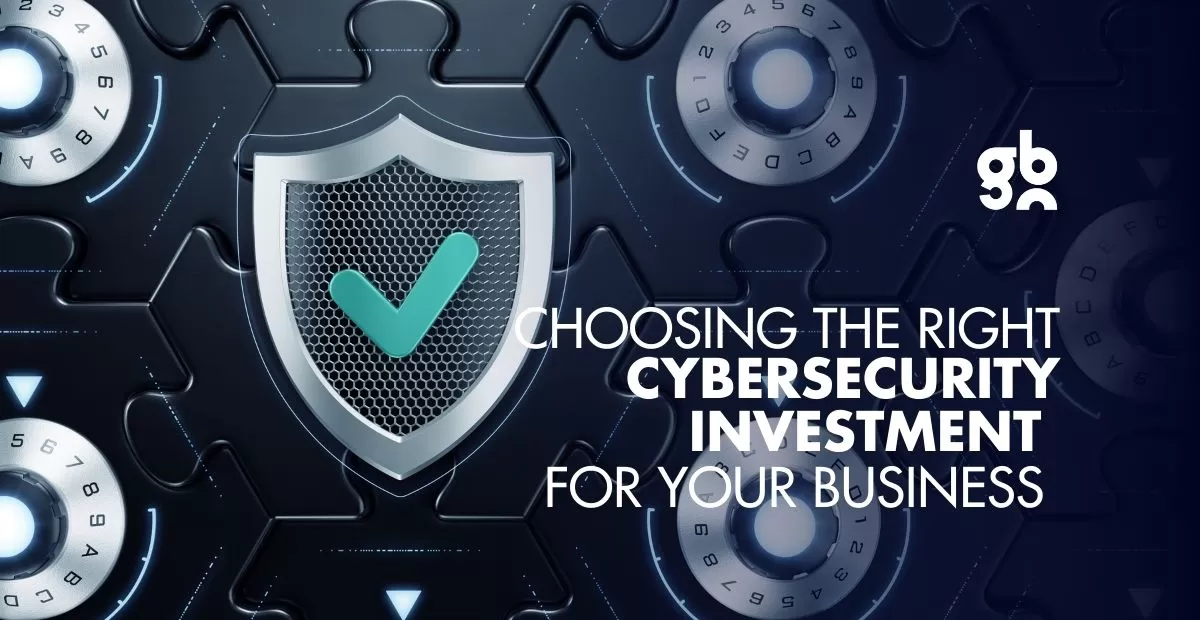Unlocking the Power of Zero Trust Networking Security Architecture
Let’s Explore the Intricacies of Zero Trust Networking Security Architecture and discover why it stands out as a crucial solution in modern cybersecurity.

In today's digital landscape, cyber threats are constantly evolving, posing significant challenges for organizations worldwide. As traditional security measures become insufficient, a more robust approach is necessary.
Enter Zero Trust Security Networking Security Architecture, a transformative cybersecurity model that redefines how we protect our networks and data. But what exactly is this innovative approach, and how can it safeguard your organization?
Let’s explore the intricacies of Zero Trust and discover why it stands out as a crucial solution in modern cybersecurity.
What Is a Zero Trust Architecture?
Zero Trust Architecture (ZTA) is a cybersecurity framework that operates on the principle of never trust, always verify. Unlike traditional security models that assume anything inside the network is safe, Zero Trust takes a more cautious approach. It continuously validates every request for access, whether it originates from inside or outside the network, ensuring that no user or device is inherently trusted.
This meticulous method prevents unauthorized access and minimizes potential security breaches, making it a cornerstone of modern cybersecurity strategies.
What are The 5 Pillars of Zero Trust Architecture
- User Identity Verification: Constant authentication of user identity, ensuring only authorized individuals can access sensitive data.
- Device Security: Every device connecting to the network is checked for compliance with security policies before gaining access.
- Network Security: Implements micro-segmentation, dividing the network into smaller zones with restricted access to minimize threats.
- Application Security: Applications are monitored to detect any unusual behavior that may indicate a security threat.
- Data Protection: Data is encrypted and access is granted on a need-to-know basis, ensuring its integrity and confidentiality.
What is the Zero Trust Security Pattern?
Zero Trust Security Pattern is a methodology that integrates the core principles of Zero Trust into an organization's security strategy. It involves the continuous monitoring of all network activity, strict identity verification, and applying least privilege access controls.
This pattern helps create a secure and resilient environment, where all users and devices are authenticated and authorized before accessing resources, significantly reducing the risk of data breaches.
Enhance Your Security with Zero Trust
Transitioning to a Zero Trust model can significantly improve your organization's security posture. By focusing on continuous verification and robust access controls, you can protect your network from both internal and external threats.
If you're ready to implement a Zero Trust strategy, explore our Security Solutions at GBG.
FAQs
What is Zero Trust?
Zero Trust is a security concept that mandates strict identity verification for every user and device attempting to access resources on a private network. It emphasizes the principle of least privilege and continuous monitoring to protect data and applications from unauthorized access.
Who uses Zero Trust security?
Zero Trust security is used by organizations of all sizes and industries, including government agencies, financial institutions, healthcare providers, and tech companies. Its universal application and effectiveness in combating cyber threats make it a popular choice for entities looking to enhance their cybersecurity measures.
What are the three principles of Zero Trust security?
The three core principles of Zero Trust security are:
- Verify explicitly: Always authenticate and authorize based on all available data points.
- Least privilege access: Limit user access rights to the bare minimum required for their roles.
- Assume breach: Operate with the assumption that an attacker may already be in your environment, continuously monitoring and improving security postures.
Strengthen Cybersecurity with Zero Trust Strategy
In the ever-evolving world of cybersecurity, Zero Trust Security Architecture stands as a reliable and comprehensive approach to protecting sensitive data and systems.
By embracing its principles and implementing its strategies, organizations can significantly reduce their vulnerability to cyber threats. Ready to take the next step?
Discover more about how Zero Trust can transform your security strategy by visiting Zero Trust Security service and learn how to fortify your defenses today.

Need a bespoke IT solution for your business?
Start a complimentary and obligation-free 30-minute consultation with our business development engineers. Together, we’ll design an IT solution that suits your business operations and scale.




